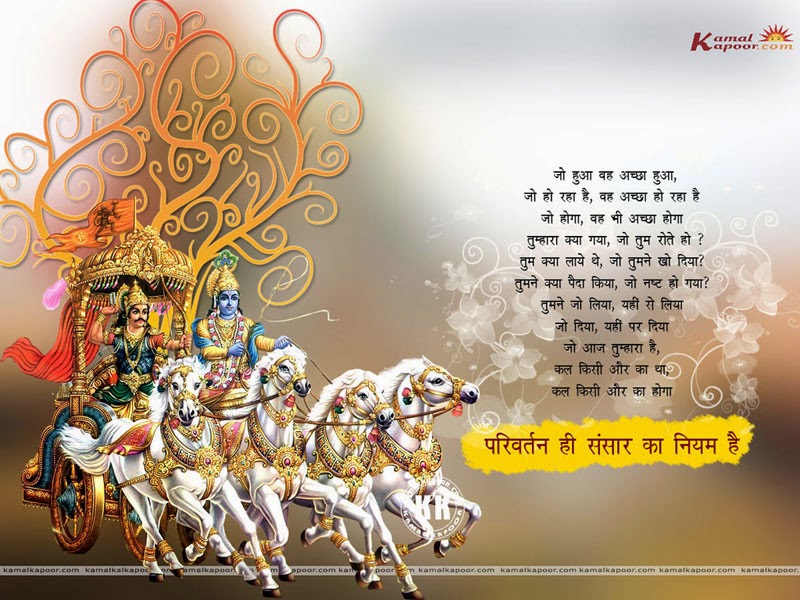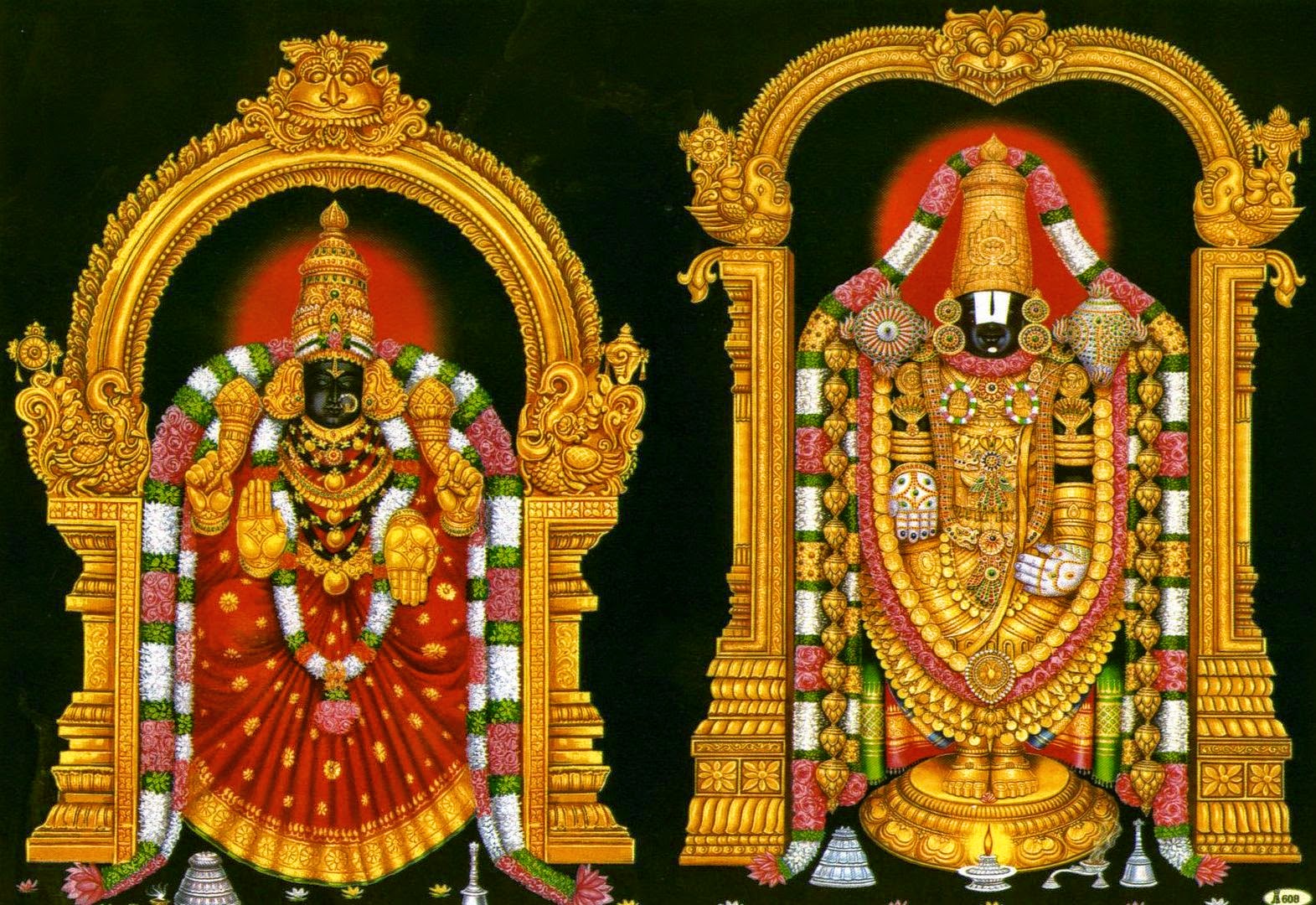The Spiritual Import of the Mahabharata and the Bhagavadgita : Ch-4. Part-2.
4: The Cosmic Manifestation : 2.
Likewise, all that is going to be the universe to come is present in a potential form in the samyavastha, or the equilibrated condition of the cosmos—prakriti- mulaprakriti in its primordial state. Sattva, rajas and tamas in this cosmical sense are different from the ethical qualities to which we attribute these characteristics. We say a person is sattvic or rajasic or tamasic, by which we mean a person is manifesting goodness or distraction or inertia. But in this cosmic sense, sattva, rajas, and tamas are far beyond the human concept. They are not ethical principles. There is no morality in prakriti—it is an impersonal power and it becomes a characteristic of judgment only when it is individualised subsequently. No question of judgment is possible in a cosmic set-up. It is difficult to explain what sattva, rajas and tamas could be in a cosmic state. We can only say they are something like the powers or forces which physics envisage in the modern sense of the term. They are not individuals and cannot be characterised by individual terminology. A condition in which all the forces of nature collaborate into action in a harmonious manner is prakriti.
Now, these cosmic aspects of prakriti—sattva, rajas, and tamas—further evolve themselves into subsidiary categories. The Vedanta and the Samkhya vary a little bit in their description of this process. However, there is not much of a difference; there is a little difference in their way of interpretation. The very purpose of the segmentation of prakriti into the characteristics of sattva, rajas, and tamas is the separating of the cosmos into the subjective side and the objective side. Creation cannot be meaningful unless there is an experience of an object. Creation begins the moment there is a consciousness of an object in front of the experiencer. When the object is absent, only the subject exists—there is no creation. The very inception of creation is the beginning of the consciousness of an object. The purpose of this categorisation of prakriti into these segmentations of forces is therefore the division in the cosmos into the subjective side and the objective side. The rajas, in its cosmical activity, catalyses the whole substance of prakriti into individualities. These are what are called the jivas. They are of various gradations and they are said to belong to almost an infinite variety of species. It is said there are eighty-four lakhs (8,400,000) of yonis or species of creation of individualities. These individuals are the experiences of the objective universe. The objective universe is also, in substance, the prakriti itself.
To be continued ....





Comments